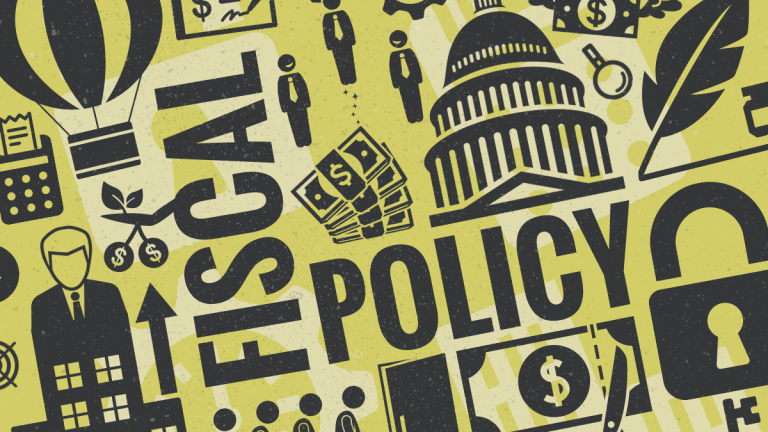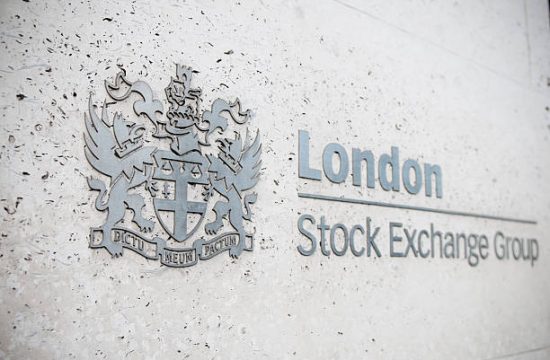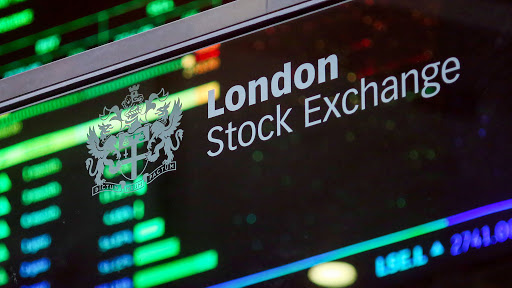
Summary: Monetary policy is not running out of ammunition, but it is clearly ill-equipped to cope with the economic consequences of the coronavirus. The only option left is fiscal policy. The good news is that in a low rate environment, most of the developed countries have plenty of room to stimulate the economy.
Contrary to common thinking, monetary policy is not running out of ammunition. The ECB can cut rates, implement a special SME LTRO, which might be announced as soon as this week, or even buy senior bank debt or ETFs if necessary. The Federal Reserve also has plenty of options on the table. Section 14 of the Federal Reserve Act, which was re-written after the GFC for clarity, includes the possibility to buy almost everything from “bonds issued under the Home Owners’ Loan Act” to “bills of exchange arising out of actual commercial transactions” (commercial paper for instance) or even “gold coin and bullion”.
But monetary policy can only offer a temporary relief to face the crisis. The main role of central banks is to make sure to provide enough liquidity to the markets in order to avoid a tightening in financial conditions. Judging by the evolution of financial conditions in the euro area and in the United States, the Fed’s recent monetary policy tweak has not been very successful. More monetary policy action is likely needed but, under no circumstances it will be enough to cope with the demand and the supply shocks resulting from the COVID-19 outbreak.
Fiscal policy is needed more than ever to address the ongoing crisis and help to stabilize the economy.
In this analysis, we will only focus on the situation in the euro area and will discuss fiscal policy options in the United States in the coming days.
What is the situation at the moment?
- We have learnt in the previous crises, such as the 2012 sovereign debt crisis, that the quickness in policy response is essential in order to avoid the contagion and contain as fast as possible market panic. The lag in response at the fiscal level of the euro area is worrying, and we fear that the recovery will be more gradual than in other countries, such as China, that took bold measures to deal with the coronavirus outbreak.
- Europe is still fragmented as ever by national thinking, and we doubt that the euro area will be able to agree on a coordinated fiscal package in the coming weeks. The EU will certainly opt for a minimal approach and is likely to come out with a toolbox including a wide range of measures that member states could choose to implement on a case by case basis at the national level. Complementary to this toolbox, the European Commission should also show some flexibility in assessing the 2020 Stability Programme that should be discussed at the next Eurogroup meeting on 16 March. At this occasion, the EC should open the door to a temporary deviation in the fiscal trajectory until the immediate consequences of the outbreak are contained.
- Contrary to the perception of many, the euro area has plenty of fiscal space to implement emergency measures. Even countries with a loose fiscal policy by European standards, such as France, have a lot of room to maneuver. In the case of France, the debt to GDP ratio is stable, and the real effective cost of borrowing is below that of the United States, at minus 1.5% for the 10-year government bond yield. It would be a mistake for the euro area not to use its most powerful policy tool now.
Now, how to proceed?
- Fiscal stimulus should not target households (because it would go directly to savings) but businesses. The emergency measures could consist of some tax reliefs in order to make sure we can keep as many jobs intact as possible. One of the benefits of tax rebates is it can have a rather quick effect on activity (the time-lag between the implementation of tax breaks and the economic impact is usually estimated to be between 2 months to 18 months).
Some measures recently taken in Asia could serve as a framework for the euro area, such as the corporate income tax rebate of 25% decided by Singapore for 2020. We can also imagine a reduction in social security contributions for all companies. Overall, a fiscal package representing roughly 1% of quarterly GDP for countries most exposed to the coronavirus outbreak could serve as a good start. In the case of France, that we took as an example previously, it would mean that the government should present a stimulus of about €6-7 billion.
- In a second step, if the crisis lasts longer than initially anticipated, fiscal stimulus could consist of higher public investment. Public investment usually has the longest lag between the implementation and the impact on business activity. However, we see it as a good policy option as it will provide more visibility to companies regarding their order books for the forthcoming quarters, thus helping to stabilize business confidence and investment.













